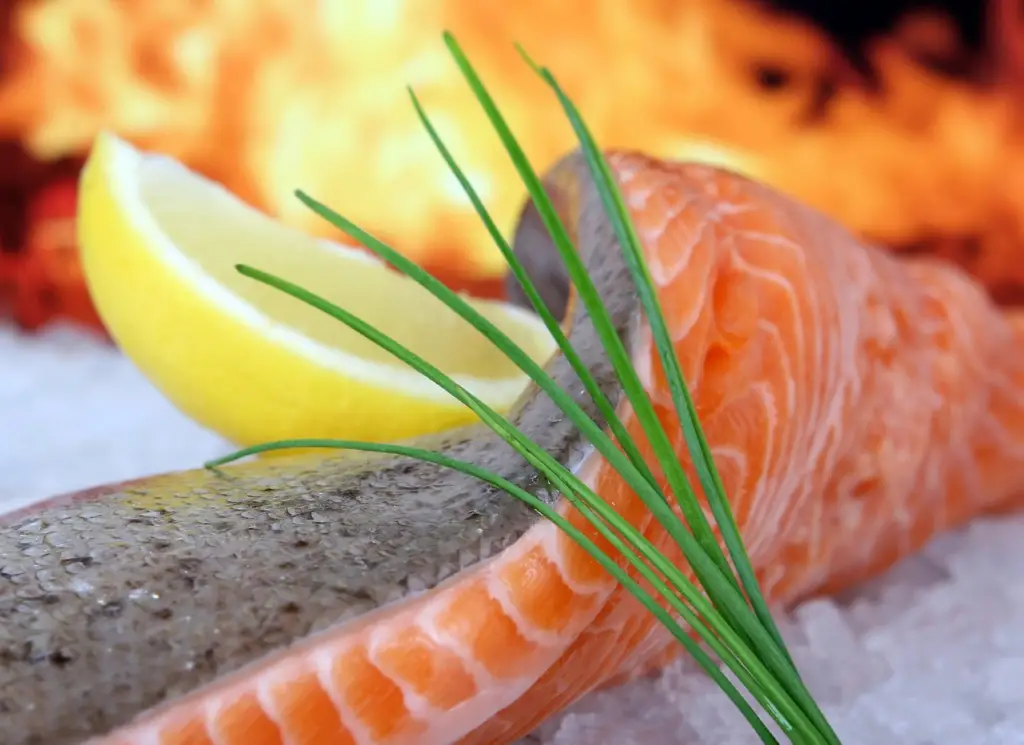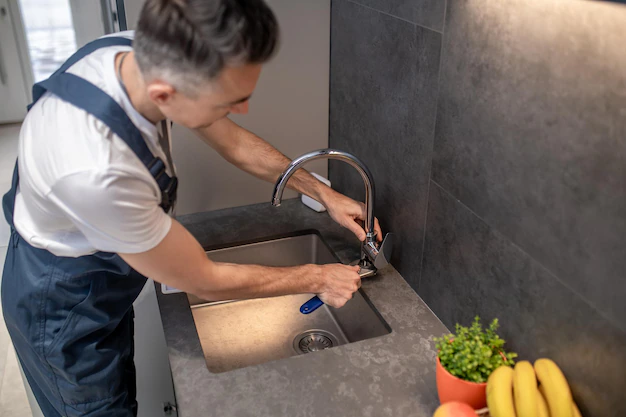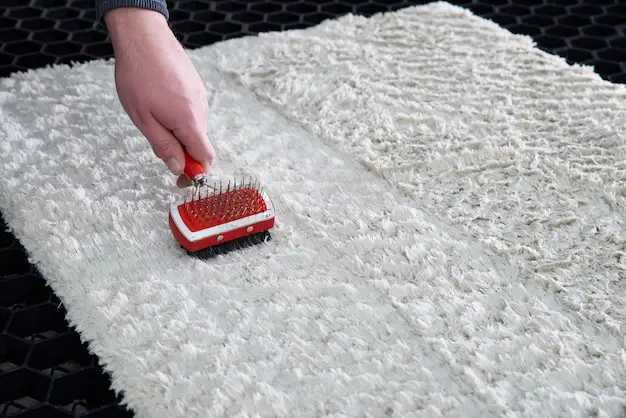
Frozen salmon for a grilled barbeque

Introduction: Defrosting frozen meat or fish is a common kitchen task, but it’s one that requires careful attention to maintain food safety and quality. Traditional methods like leaving meat in the refrigerator overnight or using cold water can take hours, but what if you need to defrost your dinner in an instant? In this guide, we’ll explore several safe and efficient techniques for quickly defrosting meat and fish without compromising their taste or texture.

5 Instant Defrosting Techniques: A Quick Guide to Safely Thawing Meat and Fish
- Microwave Defrosting: One of the quickest ways to defrost meat or fish is by using a microwave. Follow these steps for safe microwave defrosting:
- Place the frozen meat or fish on a microwave-safe plate.
- Set the microwave to the defrost setting or use a low power setting (30% power) if your microwave doesn’t have a specific defrost option.
- Microwave the meat or fish in short intervals, typically 1-2 minutes at a time, flipping or rotating it between intervals.
- Check the meat or fish frequently to ensure it doesn’t start cooking. Stop microwaving once it’s thawed but still cool to the touch.
- Immediately cook the meat or fish after defrosting to prevent any of the possibility of a bacterial growth.
- Cold or Hot Water Bath: Another fast-defrosting method involves using cold water, (or hot water). Here’s how to do it safely:
- Place the frozen meat or fish in a leak-proof plastic bag to prevent water contamination. Personally, I love the hot water technique from my mother as it only takes 5 minutes to quickly defrost it and voila you can immediately cook your meat and have your family dinner at once.
- Submerge the bag in a bowl or sink filled with cold water (or hot water). Change the water every 30 minutes to maintain its cold temperature. No need to change the water when using hot water as it only takes 5 minutes to defrost the meat like for bacon and your kiddos are hungry already. This is what i used to do when in a hurry for breakfast when i babysit niece and nephews when their parents are out of town and then treat them to a Mc Donalds early dinner after school which they really love aside from the toys from the value meals there.
- Check the meat or fish periodically to monitor the thawing process. It should take approximately 30 minutes per pound to thaw using this method.
- Once thawed, cook the meat or fish immediately to prevent bacterial growth.
- Sous Vide Defrosting: Sous vide cooking isn’t just for preparing meals; it can also be used for defrosting. Follow these steps for sous vide defrosting:
- Fill a sous vide container or a large pot with water and set the sous vide machine to the desired temperature (typically around 40°F or 4°C).
- Place the frozen meat or fish in a vacuum-sealed bag or a Ziploc bag, ensuring it’s sealed tightly to prevent water from entering.
- Submerge the bag in the water bath and let it defrost for several hours, depending on the thickness of the meat or fish. Thinner cuts may defrost in as little as 1-2 hours, while thicker cuts may take longer.
- Once thawed, remove the meat or fish from the bag and cook it immediately to avoid bacterial growth.
- Quick-Thawing Tray: Quick-thawing trays, also known as defrosting trays, are specially designed to accelerate the thawing process without the need for electricity or hot water. Here’s how to use them effectively:
- Place the frozen meat or fish on the defrosting tray at room temperature.
- The tray’s aluminum surface helps to conduct heat from the surrounding air, speeding up the thawing process.
- Depending on the thickness of the meat or fish, it may take anywhere from 30 minutes to a couple of hours to thaw completely.
- Once thawed, cook the meat or fish immediately to prevent bacterial growth.
- Cooking from Frozen: In some cases, you may be able to cook meat or fish directly from frozen without the need for defrosting. This method works well for thin cuts or smaller portions and can save time. Here’s how to cook from frozen safely: This works well with the cheese hotdog and longaniza that kids so love for breakfast which I boil with water instead of cooking oil. — also, a technique from the family. Cooking from frozen like french fries, chicken nuggets and thinly sliced porkchop make it a little bit crunchier either with the use of an air fryer or not.
- Adjust the cooking time and temperature according to the thickness of the meat or fish. You may need to cook it for longer at a slightly lower temperature to ensure it cooks evenly.
- Use a meat thermometer to check the internal temperature, as cooking times may vary depending on the type of meat or fish.
- Ensure the meat or fish reaches the recommended safe internal temperature to kill any harmful bacteria.
Conclusion
Moreover, you can invariably strategize and opt to place the meat from freezer to the fridge the night before you plan to cook it so as its’ not entirely arduously difficult to cook when you wake up early in the morning. Defrosting frozen meat or fish doesn’t have to be a time-consuming process. By using one of these aforementioned 5 instant defrosting techniques, you can safely and efficiently thaw your food in a matter of minutes or hours, depending on your preference. Whether you opt for microwave defrosting, cold water bath, sous vide, quick-thawing tray, or cooking from frozen, always prioritize food safety to ensure a delicious and healthy meal.


